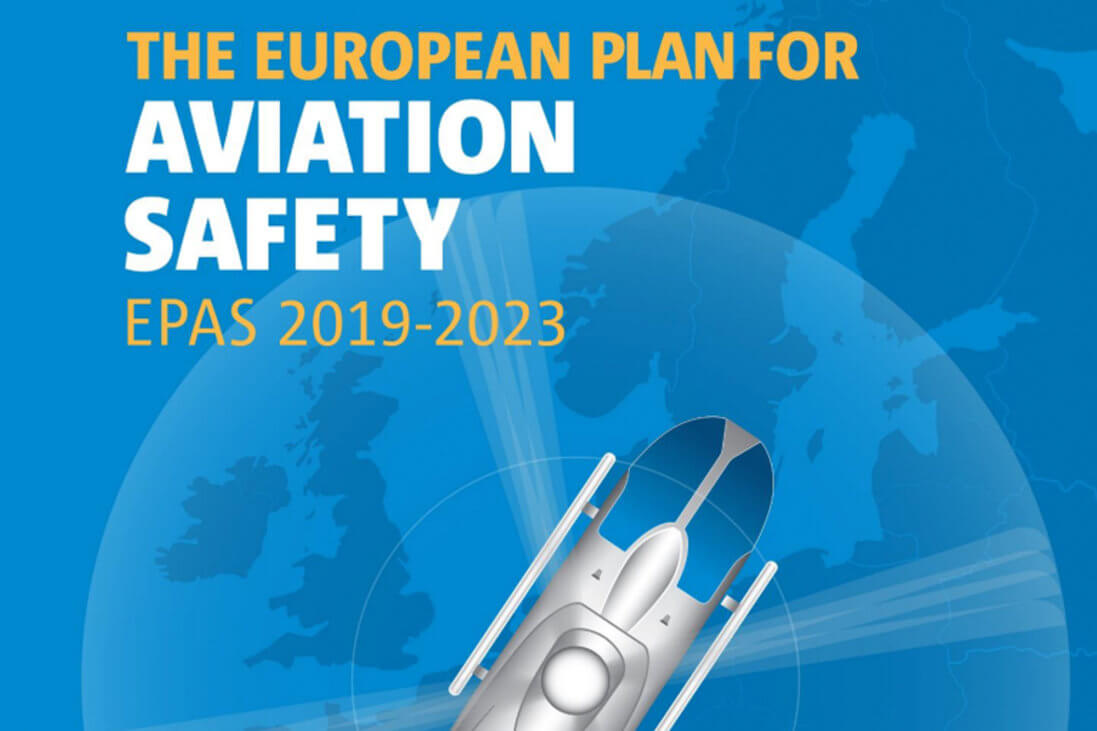
Jan. 30, 2019
The European Aviation Safety Agency (EASA) recently published its European Plan for Aviation Safety for 2019-2023, which sets the strategic and operational priorities for safety and environmental protection for the agency. This year’s plan included a new vision to “achieve constant improvement within the growing aviation industry.”
“EASA’s European Plan for Aviation Safety presents a number of safety priorities and recommendations for the agency, and gives the industry better insight into the agency’s upcoming work plan,” said Doug Carr, NBAA’s vice president of international and regulatory affairs.
In 2017, there were no fatal accidents involving European air operator certificate holders performing commercial air transport (CAT) passenger/cargo airplane operations or non-commercial business operations in airplanes with a maximum takeoff weight above 5,700 kg occurred, but there were 15 non-fatal accidents.
This is lower than the previous 10-year average, but still points to the most important risk areas for CAT airplane operations and business aviation. These are identified as aircraft upset in flight (loss of control) and runway excursions, incursions and collisions. EASA points to human factors, including human performance and pilot competence, as well as safety management as areas in need of increased focus.
The EPAS describes detailed strategic priorities in categories including:
- Human factors and competence of personnel
- Impact of security on safety, focusing on cybersecurity and operations near conflict zones
- Safety risks for commercial air transport airplane operations and business operations
- Rotorcraft safety
- New operating concepts and business models
- Electric and hybrid aircraft and
- Environment
The plan provides recommendations, key actions and key indicators for each category.
One key goal stated in the EPAS is a level playing field, meaning all participants in a given segment of the aviation market benefit from the same set of rules to promote fair competition and free movement of people and services. EASA highlights the importance of international harmonization in these efforts.
Finally, the EPAS outlines deliverables expected by the agency in 2019 in the form of rulemaking and other tasks.


 International Business Aviation Council Ltd.
International Business Aviation Council Ltd.